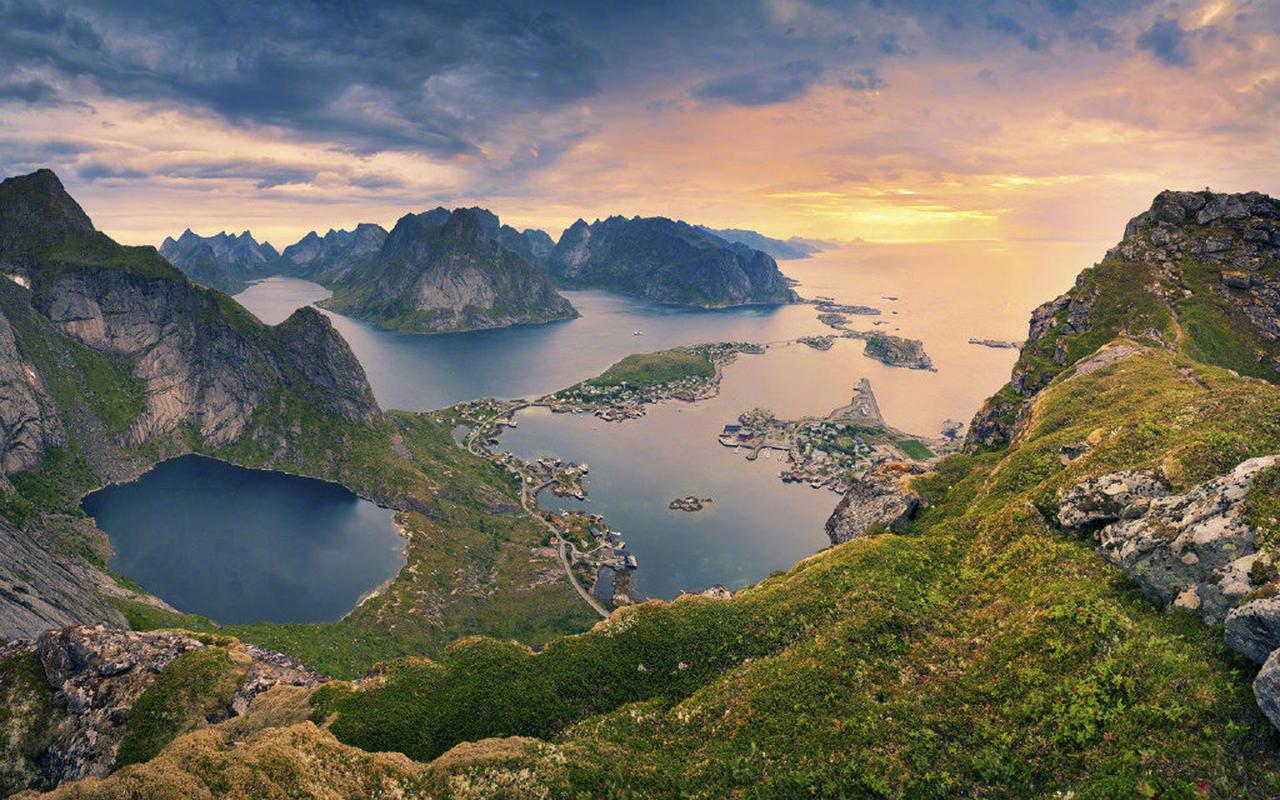Discovering the Fascinating History of the Polynesian Cultural Center
The Polynesian Cultural Center, located on the island of Oahu, Hawaii, is one of the most popular tourist attractions in the state. It offers visitors a unique glimpse into the Polynesian way of life, culture, and traditions. The center has over 35 acres of beautifully landscaped gardens and six different villages representing different Polynesian cultures, including Hawaii, Samoa, Tahiti, Fiji, Tonga, and Aotearoa (New Zealand).
The Founding of the Polynesian Cultural Center
The Polynesian Cultural Center was founded in 1963 by The Church of Jesus Christ of Latter-Day Saints. The Mormon church’s motive behind creating the center was to provide employment opportunities for the people of Laie, Hawaii, and to preserve the Polynesian culture.
Initially, the center was established as a small exhibit, showcasing Polynesian artifacts to visitors. However, with time, the center expanded, and other villages representing various Polynesian cultures were added. Today, the center employs over 1,200 people, and it remains dedicated to preserving and promoting Polynesian art, music, dance, and customs.
The Villages of the Polynesian Cultural Center
Each village at the Polynesian Cultural Center represents a different Polynesian culture and offers visitors a unique experience. The Hawaiian village, for instance, offers visitors a glimpse into Hawaii’s history, culture, and traditions. Visitors can learn about the Hula dance, try their hand at playing traditional games such as Konane (Hawaiian checkers), and sample traditional Hawaiian food such as Poi (taro root paste).
Similarly, the Samoan village showcases Samoan culture through traditional dance, music, and handicrafts. Visitors can watch demonstrations of the Samoan fireknife dance, a traditional Samoan war dance, and participate in cultural activities such as weaving palm fronds to make baskets, hats, and mats.
Preserving the Polynesian Culture
The Polynesian Cultural Center is a testament to the Polynesian people’s resilience and their efforts to preserve their unique culture and traditions. The center not only provides employment opportunities for the people of Hawaii but also helps in preserving the Polynesian culture for future generations. The center achieves this by providing visitors with an immersive experience into Polynesian life, customs, and traditions.
In conclusion, the Polynesian Cultural Center is not just a tourist attraction but a cultural hub that provides visitors with a unique experience into Polynesian life. The center provides visitors with an insight into how the Polynesian culture has evolved over the years and the efforts taken to preserve traditional practices. A visit to the Polynesian Cultural Center is a must for anyone interested in learning more about Polynesian culture and history.
(Note: Do you have knowledge or insights to share? Unlock new opportunities and expand your reach by joining our authors team. Click Registration to join us and share your expertise with our readers.)
Speech tips:
Please note that any statements involving politics will not be approved.
